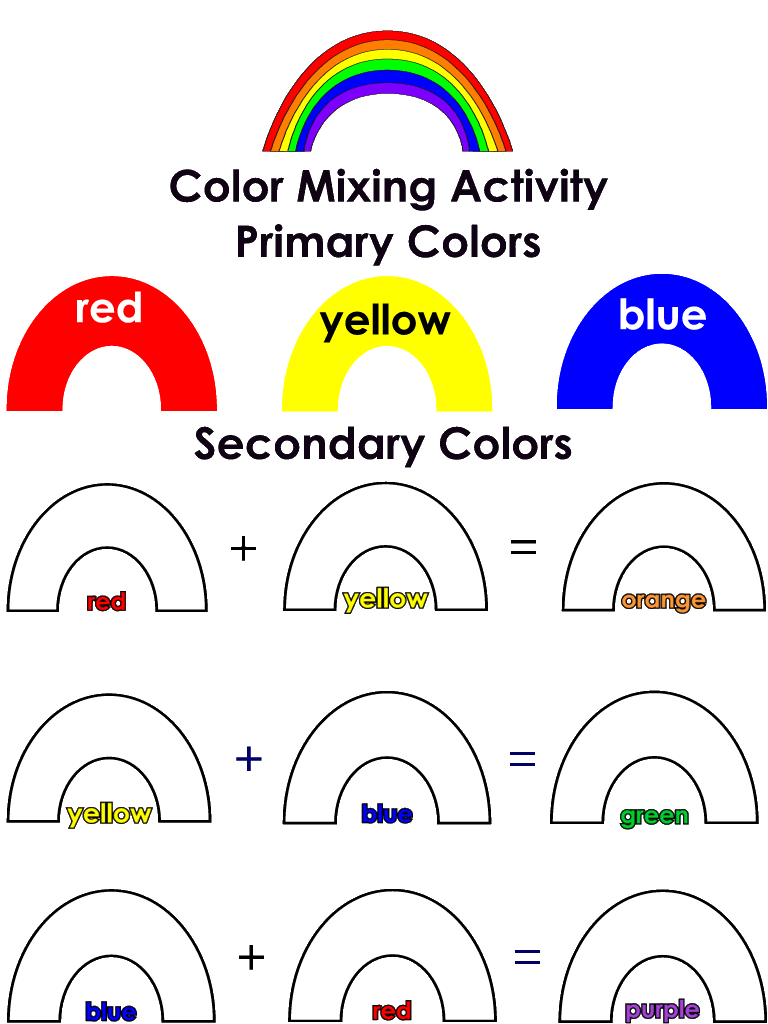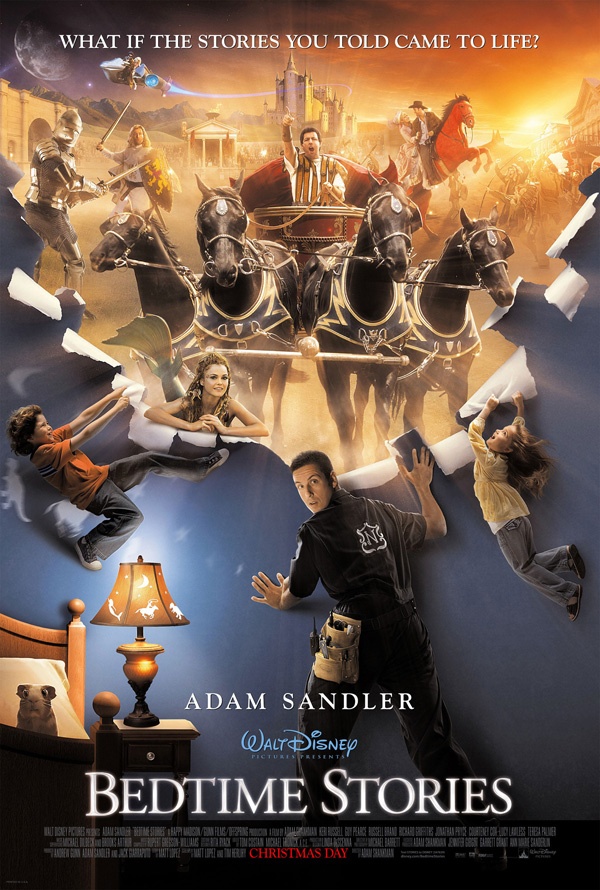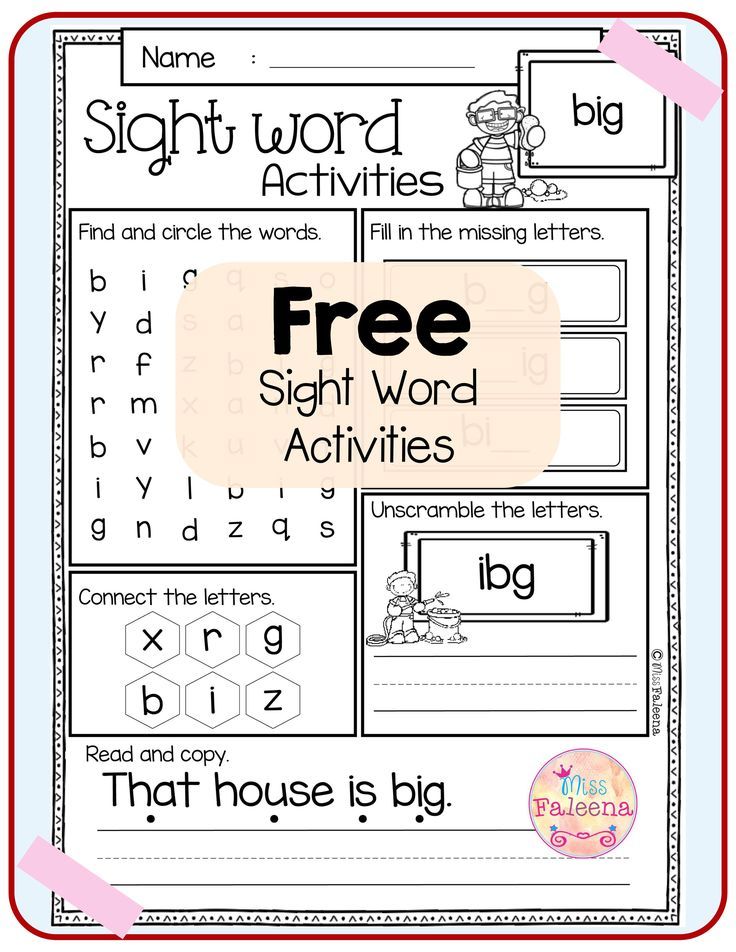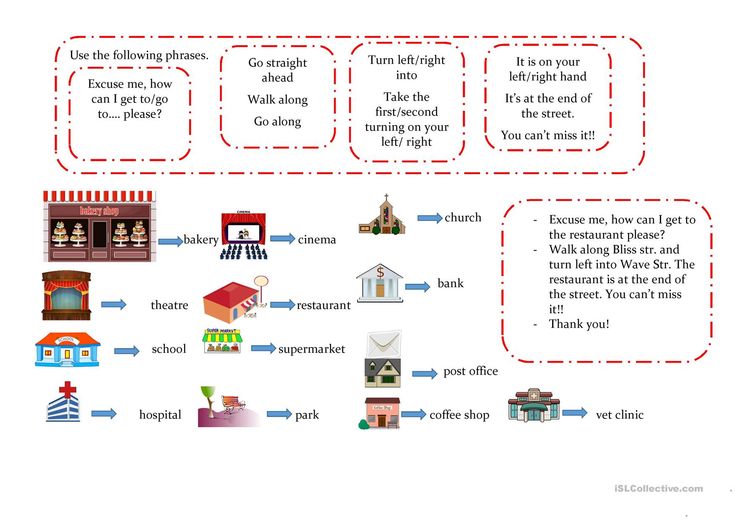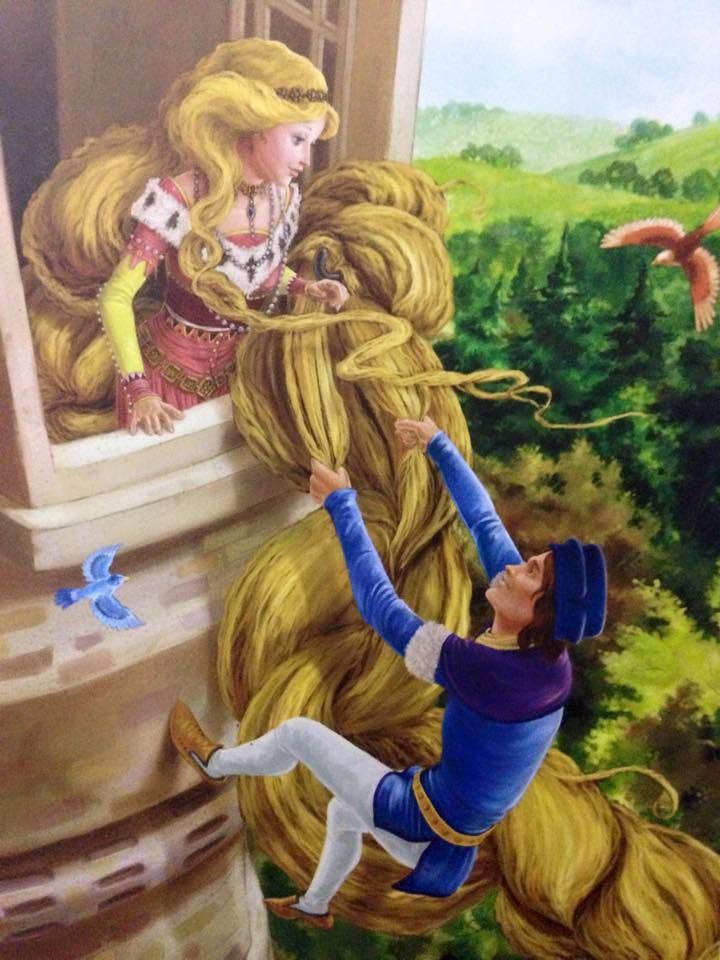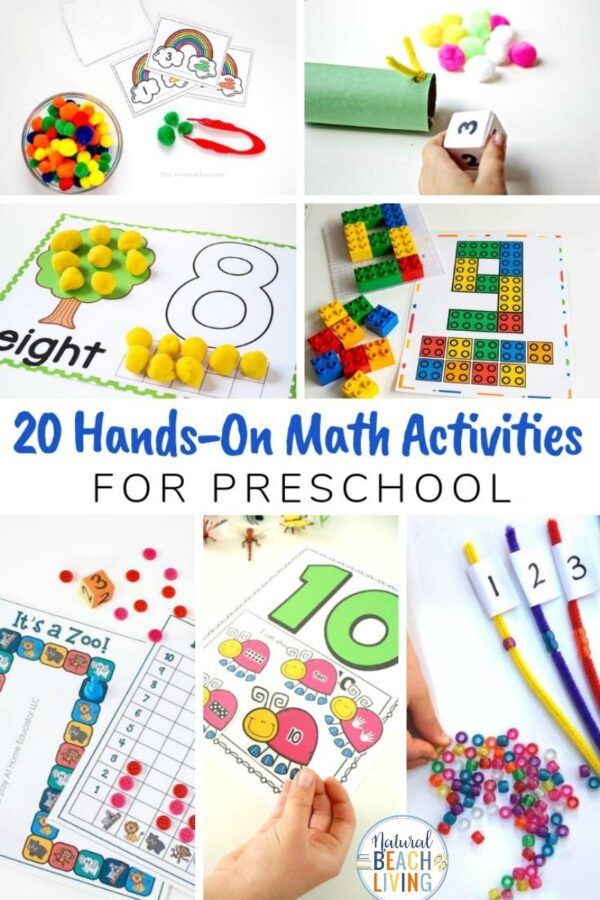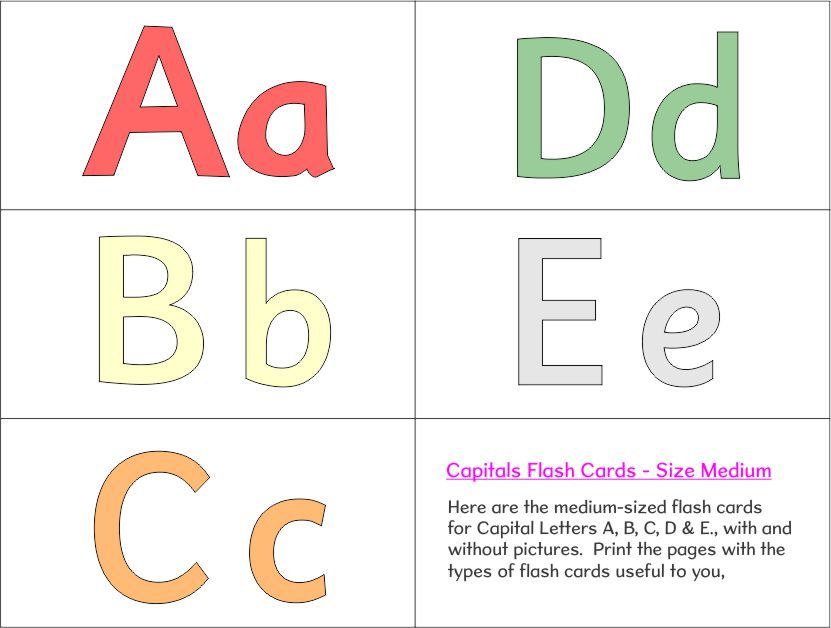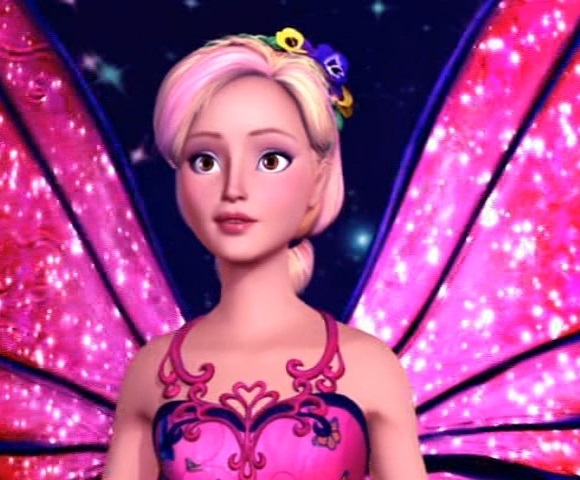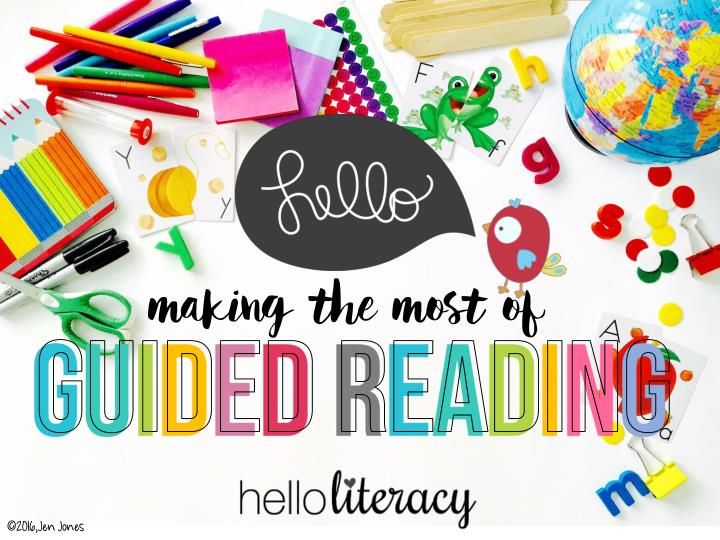Primary colours for kids
Color Theory for Kids: Key Concepts to Know
Not many people realize it, but learning color theory for kids can really enhance their eye for design. Color theory is a skill that can be carried for the rest of one’s design career.
In this article, color theory is explained, and we explore why it is a valuable skill to learn. We will also look at different digital design classes, resources, and projects kids can do all on their own with no money spent!
This is perfect for a new hobby to learn at home, or for someone who wants to expand their knowledge in all things design and art related. Keep reading if the subject of color theory sounds like it might be a great fit for you. Or jump right into a fun online Thanksgiving drawing class and a free make a digital holiday card event.
Explore color theory for kids
As you continue to read on, you will learn about several different factors that play a part in the theory of color. Color is important in our world, because colors are more than just pretty things to look at in art.
Color allows us to feel certain emotions - sometimes without us even noticing! Warm colors can make us feel happy and excited while cold colors can make us feel sad or reserved.
Colors also tell us stories without any words even being said. Among many different factors, we will touch base on the color wheel, primary and tertiary colors, and why all of this is important in design, art, computer science, and just life in general!
Learn the color wheel
Have you ever seen a color wheel before? Even if you answered no, most likely you have! Ever since we were super young, the color wheel has been taught to us in school, art classes, and informative television shows and books. It might just look like a rainbow in a circle, but this wheel holds so much knowledge that can benefit any and every creative!
A color wheel makes it easy for us to identify which colors are primary, secondary, and tertiary. By knowing this information, it is simple to find the perfect color combinations for whatever project we are working on. From designing a dress to figuring out what colors look good for a painting you have yet to make, having a color wheel easily accessible lets us know which colors can be the best fit.
From designing a dress to figuring out what colors look good for a painting you have yet to make, having a color wheel easily accessible lets us know which colors can be the best fit.
Primary colors
Primary colors are essential in knowing the theory of color. What are primary colors exactly? There are three specific colors that we can mix together to make a huge range of many different colors. Those three colors are red, yellow, and blue. Without these three colors, every other color we know would not exist either. Don’t believe me? Try getting your red, blue, and yellow colored pencils and coloring over each other. Or try getting your paint and mixing them together. Do you notice the changes that occur as a result of combining these primary colors together?
Secondary colors
Secondary colors are the colors we have as a result of mixing two primary colors together. For example, when we combine blue with yellow, we get the color green. Green is a secondary color! Think of these colors like the baby colors and red, blue, and yellow are our parent colors. How many secondary colors do you think you can create?
How many secondary colors do you think you can create?
If you said three, you are correct! Green, orange, and purple are the three secondary colors we can find on the color wheel. They might not be primary colors, but they are just as important to our society. Composting bins, street cones, and Yahoo! are created by secondary colors. Imagine if our world didn’t have secondary colors!
Tertiary colors
We learned about our primary and secondary colors, so it is only right that we talk about tertiary colors as well! It is a bit difficult to pronounce, but tertiary colors are not hard to learn about at all. Tertiary colors are what we get when we combine a primary color with a secondary color. In total, there are six tertiary colors: red-orange, yellow-orange, yellow-green, blue-green, blue-violet, and red-violet.
Having tertiary colors is great, because different shades and tones of colors can express a completely different emotion and message. Compare the color green to the mixture color of yellow-green.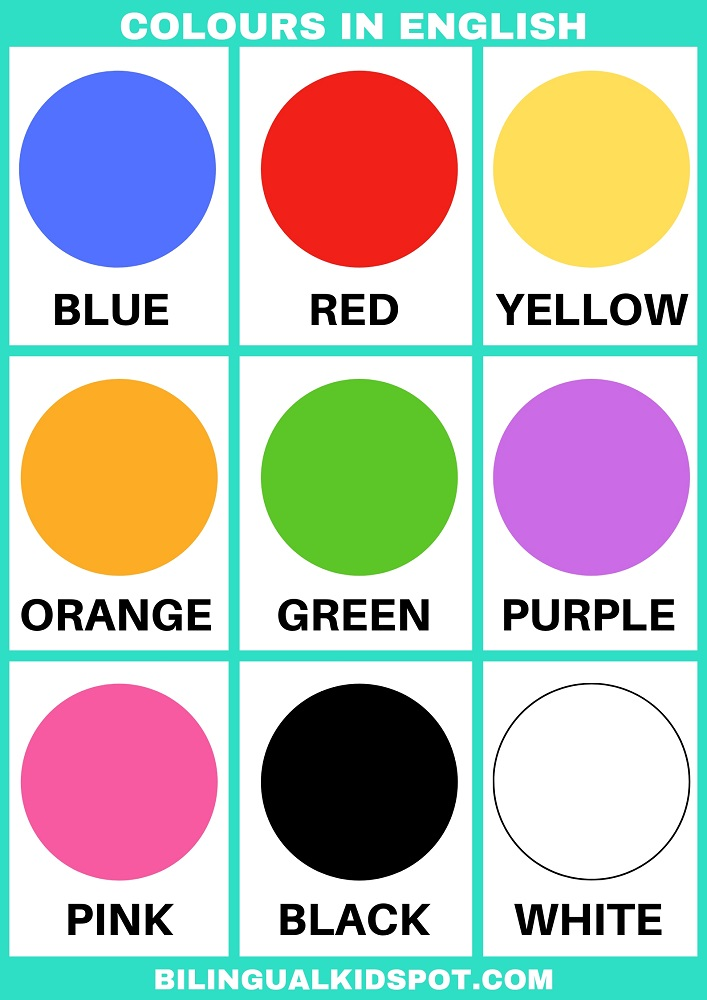 Dark green can symbolize prestige and royalty while yellow-green showcases a more serene and playful feeling. Tertiary colors are just as important to our world as both primary and secondary!
Dark green can symbolize prestige and royalty while yellow-green showcases a more serene and playful feeling. Tertiary colors are just as important to our world as both primary and secondary!
Color theory printables and resources
Now that you know a little bit more about the colors, here are a few resources that can print out at home!
- Primary, secondary, and tertiary color wheels: Check out this page to have the different color wheels already filled out and easily accessible for any project!
- Color wheel and color blending worksheets: These empty worksheets are great practice to see how certain colors make an even wider range of colors!
- Detailed explanations about the vocabulary terms we just discussed, plus more terms such as analogous, triadic, and tetradic colors: This website also offers a virtual color wheel in which you can pick a color and the site provides a color combination for you.
Color theory project ideas
1.
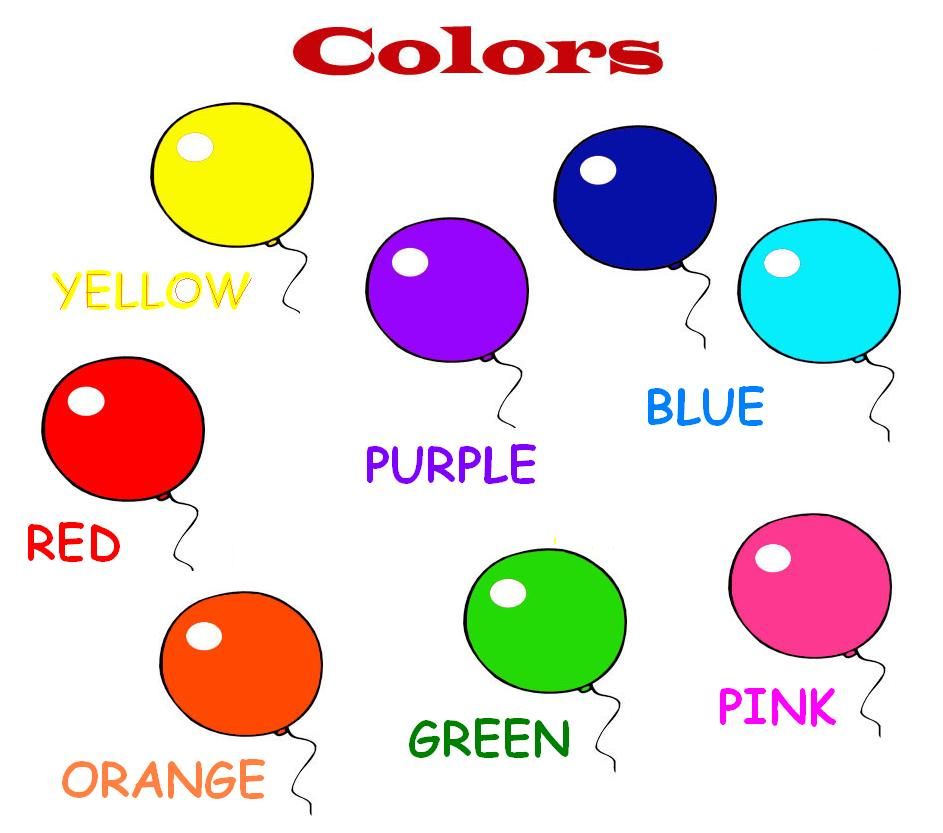 Color Mixing Experiment:
Color Mixing Experiment:If you have cups you can fill with water, paper towels, and food coloring in our primary colors: red, blue, and yellow, then congrats! You can do this fun color theory experiment from the comfort of your own home!
In each cup of water, add 30 drops of food coloring. Each cup should have its own color. One cup of yellow water, one cup of blue water, and one of red. Then, get three pieces of paper towel. For each cup, place a paper towel that is folded in half vertically. Half of the paper towel should be submerged in the dyed water, and the other half should be sticking out of the cup. The end that is not in water, place it in another cup’s dye.
Place the first end of one paper towel in the blue cup. And the second end in the yellow cup. Put the first end of the next paper towel in the yellow cup and the second end in the red cup. Finally, place the first end of the last paper towel in the red cup and the second end in the blue cup.
You will start to see the colors travel through the paper towels as it absorbs the water.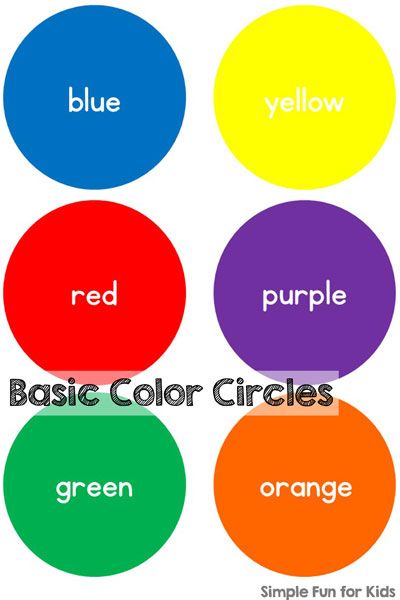 Since we used primary colors and they are getting blended together, the paper towels will start to show secondary colors right before your eyes!
Since we used primary colors and they are getting blended together, the paper towels will start to show secondary colors right before your eyes!
2. Colorful Stamps
Do you have a dream vacation? Or maybe you already travelled and want to visit again soon? With a pencil and paper, sketch a stamp for your destination. For example, if you loved a trip to Disneyland, draw a stamp of the decorations all around the theme park! Draw this stamp three times on the same sheet of paper. Make sure there is space in between each!
After drawing your stamp three times, try challenging yourself. With either paint or crayons/colored pencils, color each stamp using a different color palette. In our Disneyland example, you could color the first stamp as if it is in the morning, color the second stamp as the sun is setting, and for the last stamp you can color the sky as if it is night time and the fireworks have been set. Try having fun and being creative for these three different color palettes!
3.
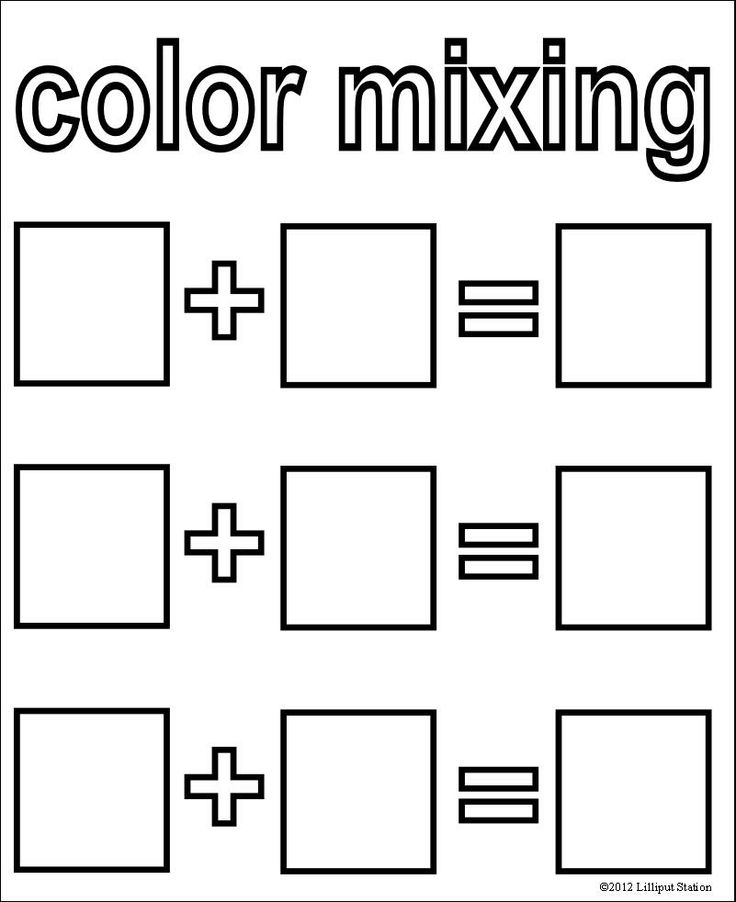 Characters of The Rainbow
Characters of The RainbowWhat is your favorite show? Favorite video game? Whether you love cars, pokemon, or crystals, try seeing if you can match them with a specific color! By printing out an empty color wheel or by drawing your own with pencil and paper, you can draw each figure within the color wheel with their matching color.
For example, for your yellow section in my color wheel, you can draw Pikachu. For blue, you can draw Gyarados. Keep going until every section of your color wheel has a character. Then, color it all in! You can use colored pencils, crayons, or markers. After both the characters and the color wheel is colored in completely, you now have an amazing poster you can hang up on your wall!
Get started with color theory for kids
As you can see, color is very important in not only the world of art and design, but it adds meaning to even the most mundane aspects of life. Without color, life would not make as much sense as it does now. From fashion and media, to websites and logos, to even street lights and signage, color is all around us! When kids learn the theory of color early, their creativity will be endless and they will continue to grow as an artist and designer.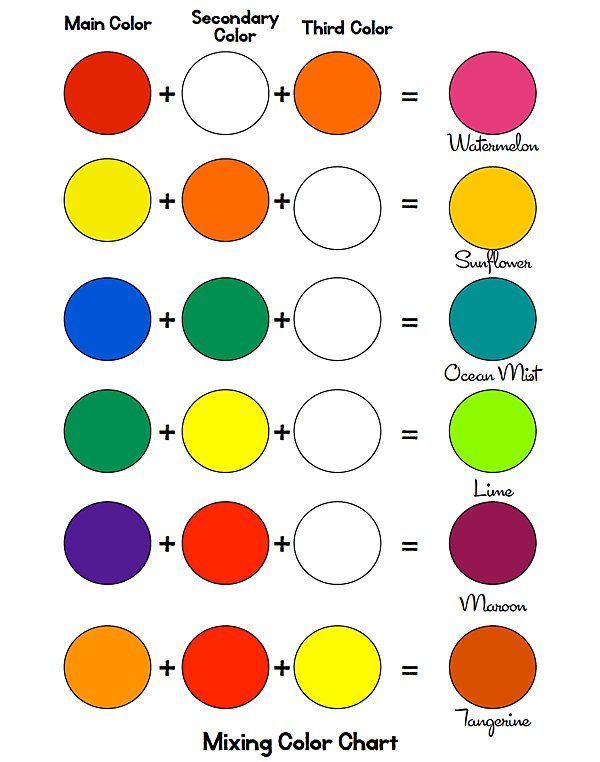
If reading this post made you fall in love with color even more, or if you want a more interactive approach to learning about color theory, Create & Learn offers a power of color class packed with so many fun activities and exercises. Get started with fun digital design classes for kids or read more about the best online art classes.
Written by Marielle Cruz Cabillo, a Create & Learn instructor who has a BS in Visual Communication Design with a Minor in Marketing, and has taught children for 6 years.
7 easy crafts to teach primary colors for kids
These crafts and activities are a great introduction to primary colors for kids. Use these ideas to teach about red, yellow, and blue to your preschoolers or kindergarteners. They are great for the classroom or for at home.
Primary Colors for Kids
These crafts and activities promote the learning of primary colors for kids. As they are learning new colors, they will need to learn the difference between the primary colors (red, yellow, and blue) and the secondary colors (orange, green, and purple).
Using crafts helps promote the learning of different colors. As they continue to learn, you can start to teach about the color wheel and identifying complementary colors.
But for now, kids really just need to learn about the colors of the rainbow. These color activities are perfect for learning about the concept of colors. Next, you can teach about color mixing and basic color theory.
When you’re creating your primary colors lesson plan, include one of these easy crafts for kids.
Create one during a primary color class party.
Or, if you’re at home, create them at your kitchen table and have your child point out other items around your home that are red, blue, or yellow.
Use them to decorate your playroom or hang them on a bulletin board to show off what your kids have learned.
For added fun, grab one of our primary color worksheets!
Disclosure: Some of the links in this post are “affiliate links.” This means if you click on the link and purchase an item, we may receive an affiliate commission.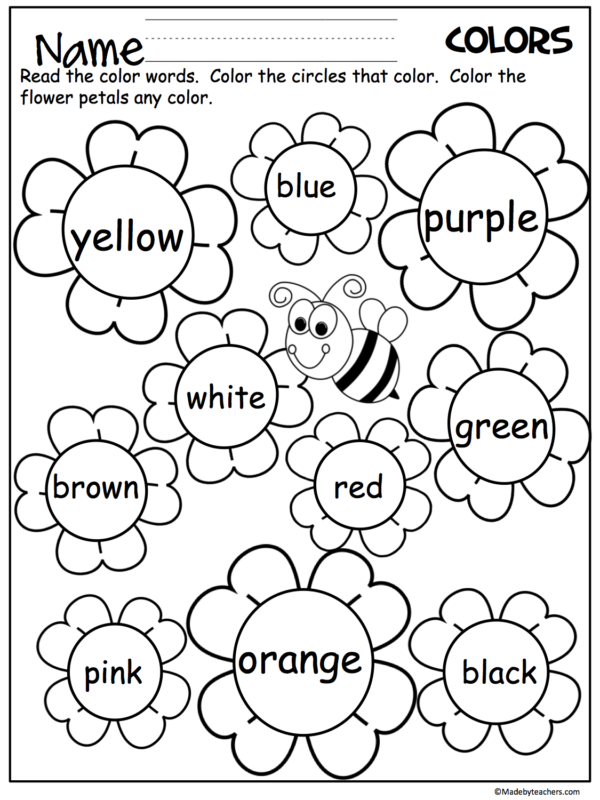
Our Favorite Craft Supplies For Kids
These craft supplies are perfect for crafting with young kids. While not each of them is used in the crafts below, they are all staples in our craft bin. If you don’t have any on hand, that might be ok. Take a look at the craft first to see whether or not you need them.
- Construction Paper – One of our favorite craft supplies. These crafts are a great way to use up that stash of black paper.
- Cardboard – Perfect for using up all those boxes you get in the mail!
- Craft Sticks or popsicle sticks – A classic staple, use them in your craft or to mix paint.
- Kid-Friendly paint – Kids love to get messy! Check out our favorite tips for painting with young children.
- Googly Eyes – You can literally add them to any project and it instantly becomes cuter.
- Tissue Paper – We always have this on hand. Buy it new or use or save it from birthday parties and holidays.
- Toilet Paper/Paper Towel Rolls – A great way to recycle your paper tubes is to use them in crafts!
- Paper Plate – Grab this party supply to create fun crafts.
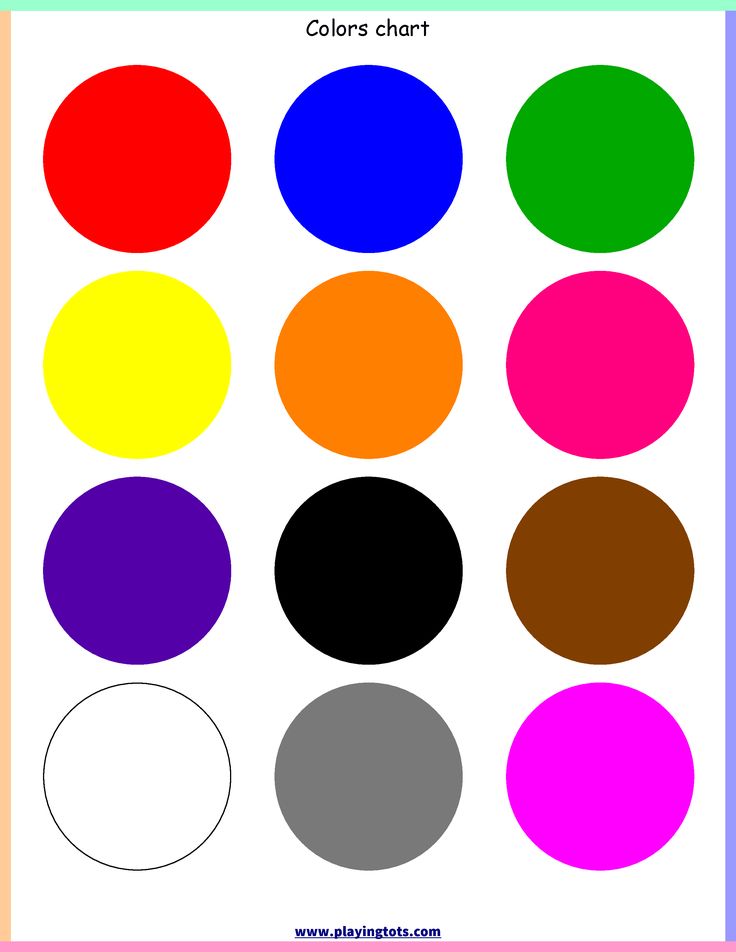
- Contact Paper – We use this a lot to create suncatcher crafts
Pin this collection of primary colored activities
Are you still brainstorming your lesson plan? No worries, just pin this to your favorite craft board so you can find it easily.
More educational crafts!
- Fine Motor Skills
- Shapes
Please share these crafts that teach about colors.
This site wouldn’t be here without shares from people like you, and we are so thankful that you took the time to visit Twitchetts.
Know a friend who is looking for primary color crafts for kids? Please share it on Facebook or save it to your favorite board on Pinterest.
Tags Primary ColorsLearning colors with a child 2-3 years old. Cards, tasks, poems.
In this section you will find guides and cards for learning colors with your baby from the age of two.
Color Poems with Pictures
Learning Colors Puzzle Cards
Print the puzzles, cut into 4 parts.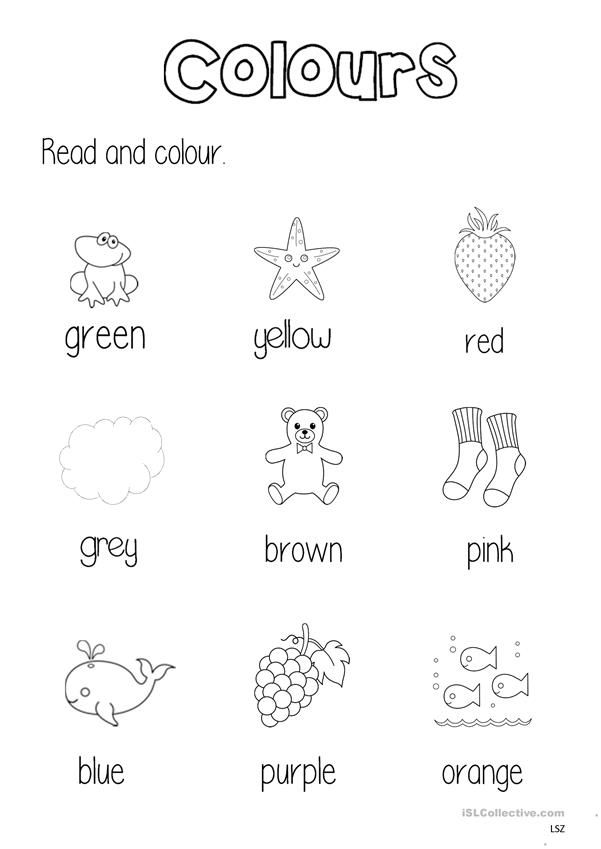 Invite your child to assemble puzzles to make a rectangle of the same color.
Invite your child to assemble puzzles to make a rectangle of the same color.
Illustrative cards "Learn to mix colors"
First acquaintance with color
First of all, the child must remember the primary colors: red, yellow, blue and green. It is necessary to teach the baby to distinguish colors consistently and gradually.
Red
Find red items
Look at the pictures with your child. Name them. Slowly find red items in the pictures. Then, together with the child, look for red objects around: at home, on the street. And only when the baby will clearly find and name objects of red color, you can move on to yellow.
Yellow
Learning to distinguish between red and yellow
Ask the child to show an object of a certain color in the pictures, for example: - Show a red pencil. Now show the yellow pencil, etc. Explain to the baby why the chicken is drawn only in yellow.
Explain to the baby why the chicken is drawn only in yellow.
Green color
Find what's green. Choose what's yellow." Offer your child a more difficult version of the game. Pointing to the picture, ask: “What tomato? What is a pear? ”, Encouraging the child to pronounce the names of flowers.
Blue
Learning to distinguish between green and blue
Find everything green.
Learning to distinguish red, yellow, green and blue colors
Ask the child: “Show me and name what is red. What is blue? What's green? What is yellow? Tell me what color the cube is. What color is the scoop?
Arrange in boxes
Look at the pictures with your baby. Ask to find red, green, blue and yellow boxes. Draw the child's attention to the objects in the frame.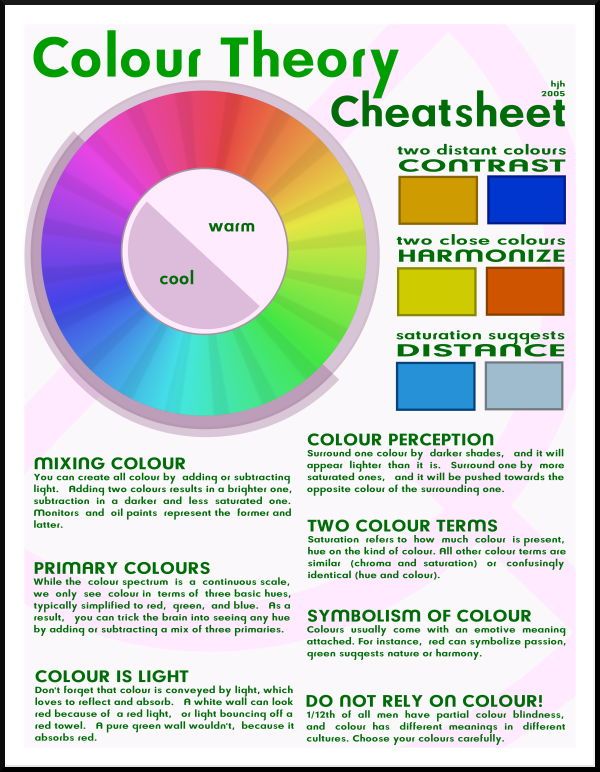 They need to be put away. Ask the kid: “Where do you think we will put the bow?” If the child shows correctly (red bow in a red box), take a pencil and connect the bow and box together with a line. If the task causes difficulty, show the baby a bow and ask: “Where is the same box?”
They need to be put away. Ask the kid: “Where do you think we will put the bow?” If the child shows correctly (red bow in a red box), take a pencil and connect the bow and box together with a line. If the task causes difficulty, show the baby a bow and ask: “Where is the same box?”
Match the dolls with clothes
Say to the child: “Let's help the dolls get dressed”. Draw the baby's attention to the doll with the red bow and ask: "What coat do you think this doll will wear?" Connect the doll and coat of the corresponding color with a pencil. Thus, "put on" coats, boots and hats for all dolls.
❤️ 36
🔥 11
😁 5
9000 1👎
🥱
Added to the playlist (favorites)
Fleased from the playlist (Favorite)
Limit
Assessment: COMPLITIES OF GROWTS: 150
There is no assessment of 9000,
Help make materials on the site better for the user!
Write the reason for the low rating.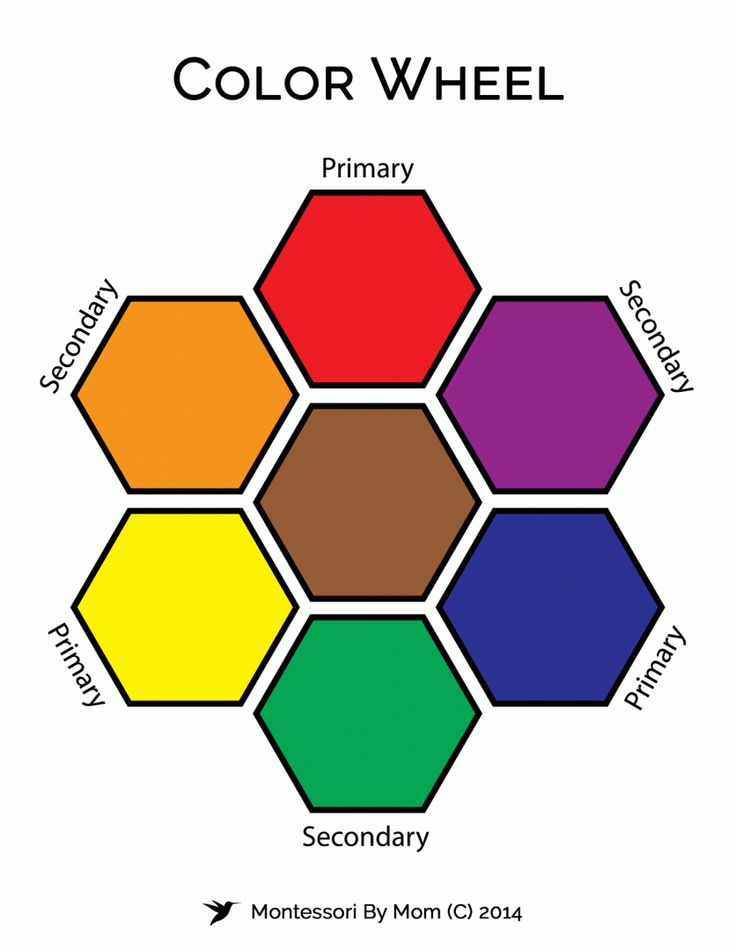
Learning colors: how to teach a child to distinguish colors and shades
It is generally accepted that by the age of three a child should learn to distinguish between primary colors. This skill is an important part of sensory development, it gives the child the opportunity to see the world in a new way. Often, if the baby does not know or confuse colors, parents have concerns about the pace of development of the child. Do I need to worry if the study of colors is not easy for a child? How to teach a child to distinguish colors? You will find answers to these questions in our article.
At what age does a child begin to see colors?
Studies have shown that children begin to perceive colors by 2-3 months. The first colors a child sees are yellow, orange, red, green. At this age, babies can already react differently to their toys of different colors (for example, a red rattle can please a child more than a blue one), look at bright pictures with enthusiasm.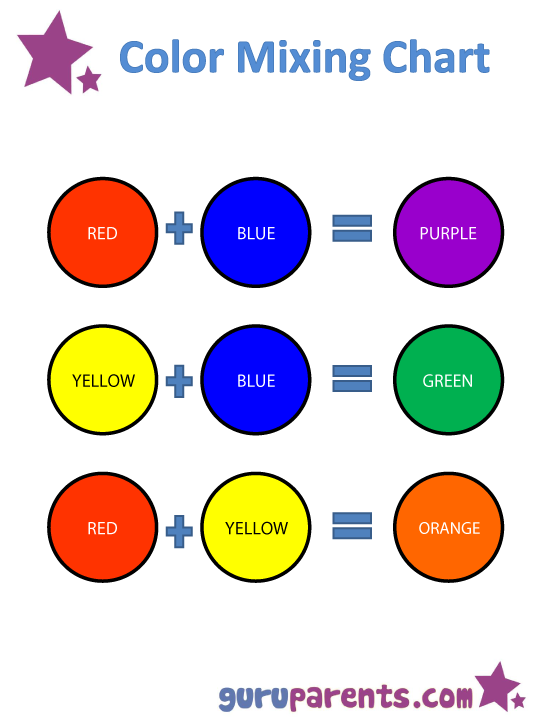 The baby's world quickly acquires colors, but if we talk about the ability to consciously find an object of the right color, then usually it appears in children at the age of one and a half. It is at this age that it is optimal to start learning colors in a playful way. You can voice the names of flowers to a child for up to a year, this will only benefit him. But do not demand too much from the baby, remember that his brain is actively developing, and as soon as the time comes, you will certainly see the results.
The baby's world quickly acquires colors, but if we talk about the ability to consciously find an object of the right color, then usually it appears in children at the age of one and a half. It is at this age that it is optimal to start learning colors in a playful way. You can voice the names of flowers to a child for up to a year, this will only benefit him. But do not demand too much from the baby, remember that his brain is actively developing, and as soon as the time comes, you will certainly see the results.
To see if your child is ready to learn colors by playing with building blocks, ask your child to point to a part that is the same color as yours. If the baby can find objects of the same color, then he is quite ready to memorize the names of colors.
Learning colors in everyday life
Children get most of the knowledge about the world in everyday life: communicating with adults and peers, observing nature, playing. The study of flowers is no exception. Sometimes a child does not need to do special exercises to learn to recognize colors. For this, it is enough that he hears the name of the color and associates it with a specific thing. During daily activities, voice for the child what color the objects are around. Whether you are drawing, playing with blocks, looking at cars in the yard, reading, swimming, eating, dressing - in each of these situations, you can gently teach your child to distinguish colors.
The study of flowers is no exception. Sometimes a child does not need to do special exercises to learn to recognize colors. For this, it is enough that he hears the name of the color and associates it with a specific thing. During daily activities, voice for the child what color the objects are around. Whether you are drawing, playing with blocks, looking at cars in the yard, reading, swimming, eating, dressing - in each of these situations, you can gently teach your child to distinguish colors.
It is important that the study of colors does not turn into torture. You should not constantly test the child's knowledge by asking him which color is which. Soon the baby may just start to ignore you. “Let's paint the sun yellow!”, “What a delicious green cucumber!”, “Oh, where did the blue cube go? Here he is!" are examples of how you can gently help your child remember colors.
Games for learning colors and their shades
In order to get your baby interested in learning colors or to reinforce the knowledge they already have, you can invite your child to play special “color” games.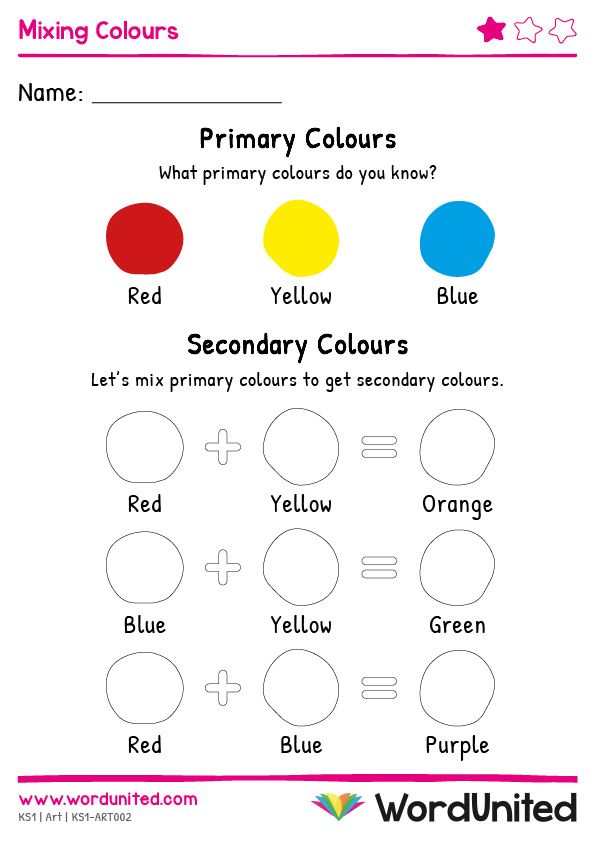
Color sorting
Sorting games are designed to help children learn to classify objects into color groups. Any materials at hand can be items for sorting: toys, covers, designer parts, cubes, buttons, cereals, pencils, etc. You can organize the game in various ways:
You can come up with as many options for sorting by color, it all depends on your imagination. So that the child does not lose interest in the task, connect the plot of the game with his favorite characters, toys (for example, a cat will eat from a yellow bowl, and a baby elephant from a red one, etc.).
Match a Pair
Help your child learn colors with the Match a Pair task. Ask your child to find a petal for a bug, a pot for a flower, a roof for a house, etc. You can present the baby with a deliberately wrong option and ask to correct the mistakes.
Pick up a patch
Show the child the picture with the missing details.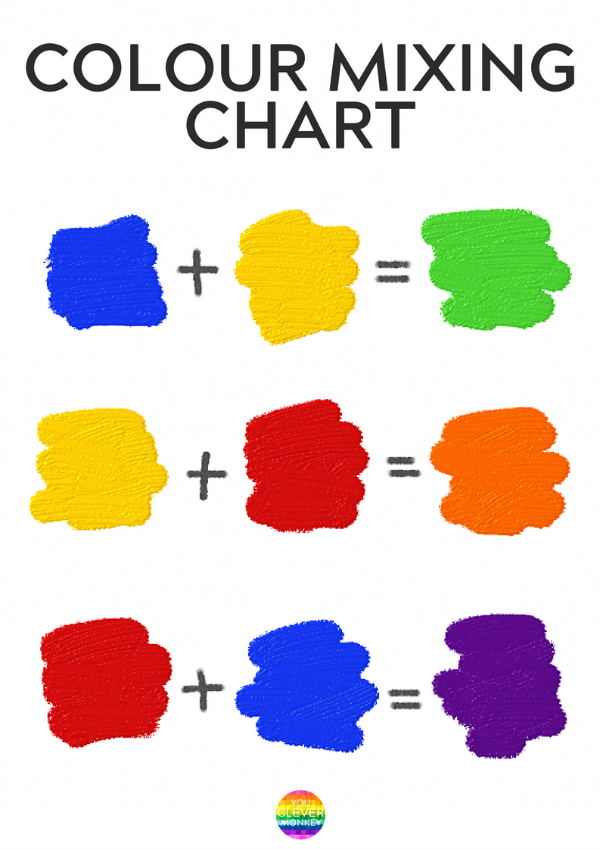 Ask him to fill in the gaps (this can be done with plasticine, pom-poms, caps, cards, etc.).
Ask him to fill in the gaps (this can be done with plasticine, pom-poms, caps, cards, etc.).
Color Lotto
At the age of about one year, children begin to be interested in various lottos. In the color lotto, the task is to collect pictures of the same color on the card.
Colored Sensory Boxes
Create a sensory box for your baby where everything is the same color. During the game, the child will be able not only to remember the color that he sees, but also to develop fine motor skills, tactile sensitivity, thinking, and imagination.
Color days
This is one of the most interesting and popular ways to teach your child to distinguish colors. Its essence is that during the day (or several days) you draw the child's attention to objects of a certain color. For example, on a yellow day, you can dress in yellow clothes, play with yellow toys, draw a yellow chicken. Surrounded by one color, the baby will easily remember it.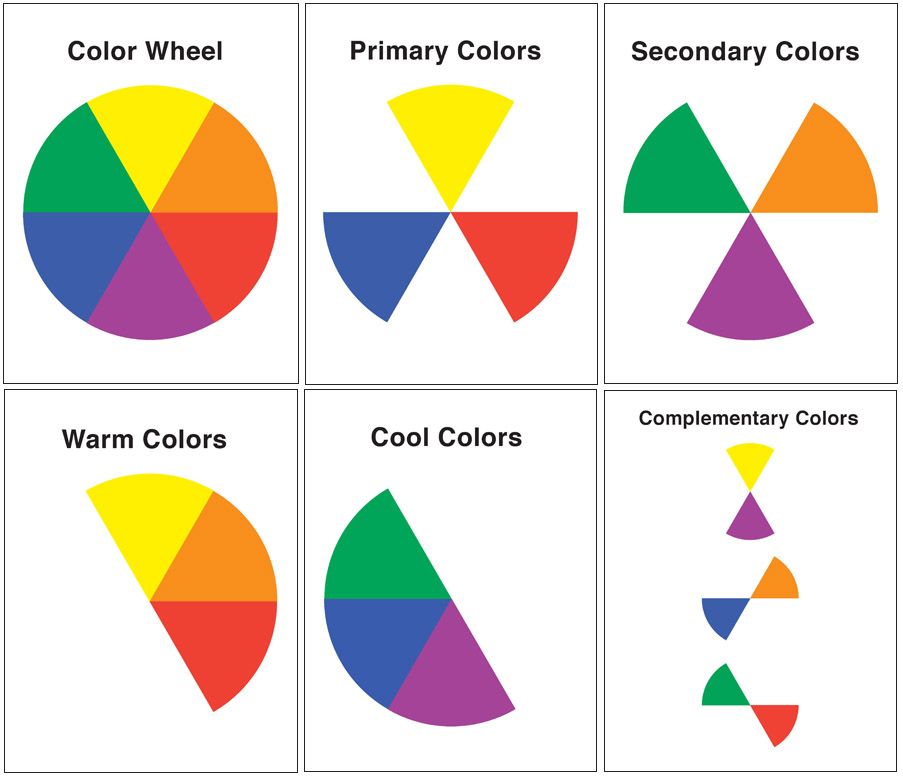
Color cards
You can learn colors with your child using cards. With the help of Doman's "Colors" cards, you can introduce your baby not only to the main colors, but also to different shades. It is important not to overload the child with unnecessary information about the names of 10 shades of green or red. Learn only those shades whose names you can use in the game and life.
Board games for learning colors
Board games are a great way to learn about colors and consolidate knowledge about them. Currently, the stores offer a wide range of similar games for every taste and budget. Choose a game that suits your child.
Educational cartoons
There are many educational cartoons on the Internet that will help your child learn colors quickly. Here is one of them:
Educational books
If your little one loves to listen to stories and look at pictures, this is the way for you.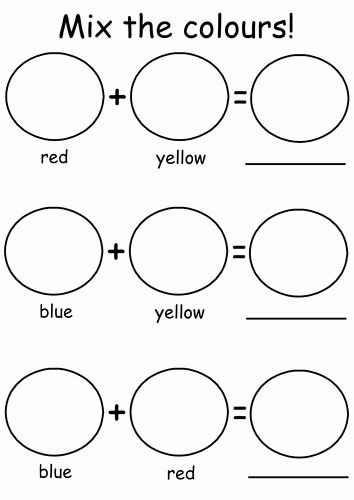 We all remember the wonderful story of V.G. Suteev "Rooster and paints", by S.Ya. Marshak has a whole “Colorful book”. You can also find many educational books that will become your faithful assistants.
We all remember the wonderful story of V.G. Suteev "Rooster and paints", by S.Ya. Marshak has a whole “Colorful book”. You can also find many educational books that will become your faithful assistants.
Conclusions
We have listed for you different color learning games. In order for a child to master the concept of color well, it is worth adhering to a number of principles: do not rush the baby, provide a variety of material for games, discuss what you see.
Conclusion
You can start studying colors from an early age, the main thing is that it is interesting for the child. It is impossible to specify clear age limits when a child should learn primary colors. This process, like all development, is individual for each baby. The Sozvezdie Development Center has created a Montessori environment for kids, aimed at the comprehensive development of the child. In the classes "Together with Mom" children in a playful way get acquainted with the concepts of color, shape and size, do thematic creative work.